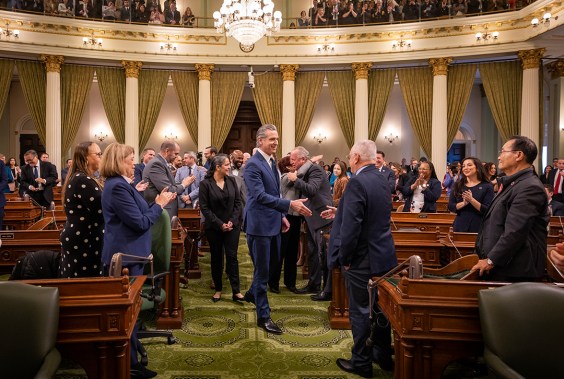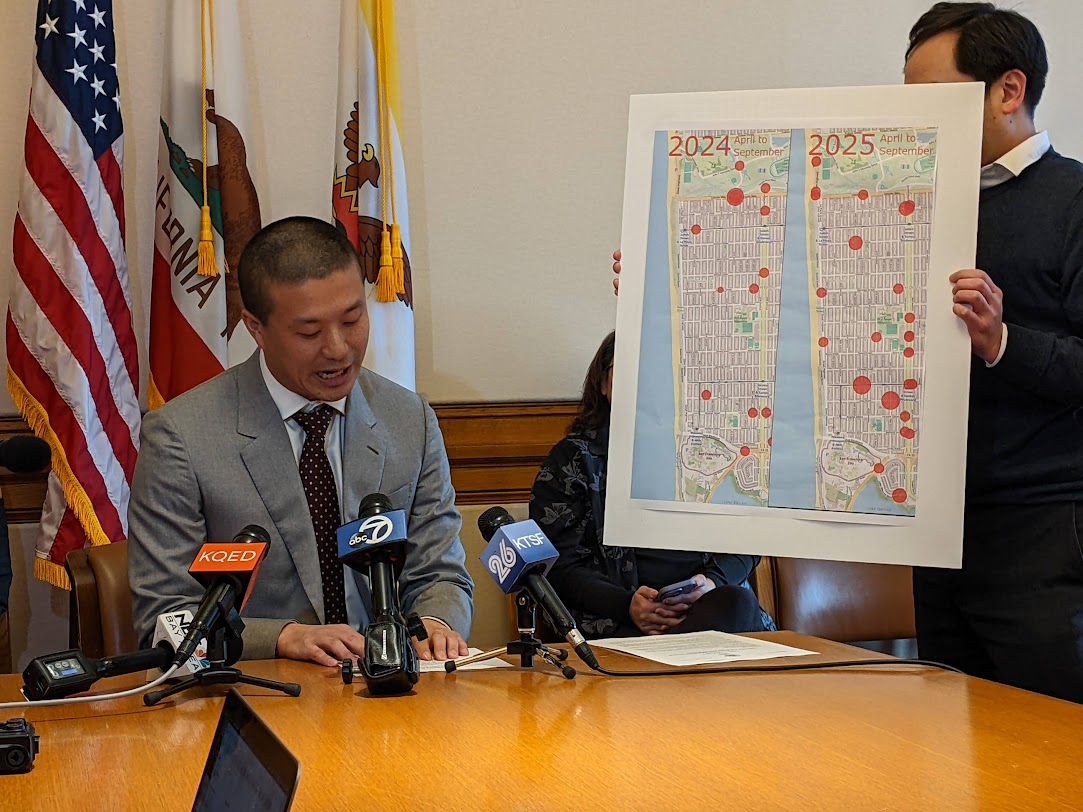You’ve seen them, locked to signposts on the side of the road. Maybe you’ve helped install one. Maybe you’ve cried at the sight of them.
Ghost bikes memorialize people who have been killed while riding bikes. The bikes don’t usually stay up for more than a few weeks or months before the city removes them or they get stolen. Artist Genea Barnes has found a way to keep the memory alive a little longer.
Her photo book, “Don’t Forget Me,” is a sad and beautiful commemoration of those who have lost their lives to traffic violence. Barnes went on a road trip around the United States to find and photograph ghost bikes before they disappeared.
The people in the pictures are not those who actually died. “The premise behind that is the representation that it could be anybody,” Barnes said in an interview. In a few cases, like the photo above, she tried to approximate a match, but even there the models are a 6- and 8-year-old girl, and the child killed on that spot in Brooklyn Heights was an 8-year-old boy, Alexander Toulouse.
While Barnes says “you can’t go on trip like that and not want to pay respects to the individuals,” she says she kept it at a more “metaphorical” level. The first part of the book is a journal of her trip, filled with somewhat tedious notes about getting from here to there and looking for bikes that were listed on ghostbikes.org but had since been removed. (There was a lot of that: She only found three or four of the 25 ghost bikes listed in Portland; in Philadelphia not a single one remained.)
What Barnes didn’t include in the book were the horrific details of the grisly deaths of the people commemorated by these white-painted bicycles. She says she didn’t want to put the reader through that; she just wants to raise people’s awareness and encourage them to be more “spatially aware” and “cognizant of their surroundings.”
“People are too preoccupied with their phones or other things,” Barnes said. “A ghost bike represents the most grievous outcome of what can happen when you’re not paying attention to where you are in space.”
Not surprisingly, Barnes says most of the ghost bikes were located along “long stretches of road out in the boonies” and “really big, crazy intersections” -- places designed for danger, unsafe for bicyclists, pedestrians, and people in cars. At the intersection of West Armitage and North Kedzie in Chicago, Barnes found two ghost bikes kitty-corner from each other. While researching places for a permanent ghost bike installation in San Francisco, Barnes found that the sites with multiple bicyclist deaths, like the corner of Franklin and Oak, were big intersections of streets with three lanes in each direction and no bike lanes in sight.
Barnes says she’s sensitive to the charge that drawing attention to cyclist fatalities can dissuade people from riding, and that fewer people riding makes everyone less safe. Barnes herself is a bike commuter in New York (previously in San Francisco) and she’s had her share of close calls. But she feels it’s getting safer as more people start riding.
“Every year it gets a little safer,” she says. “The bike lanes get better; more and more people are doing it, and so people driving are actually taking time to look for a cyclist.”
Barnes says she’s not in touch with advocates from Vision Zero or other street safety organizations. She’s just an artist and a bicyclist speaking from the heart.












